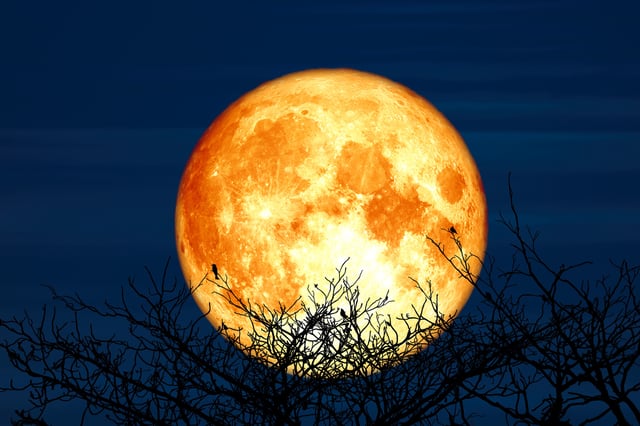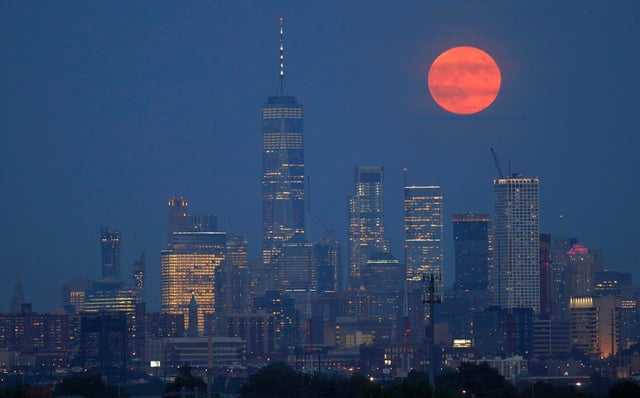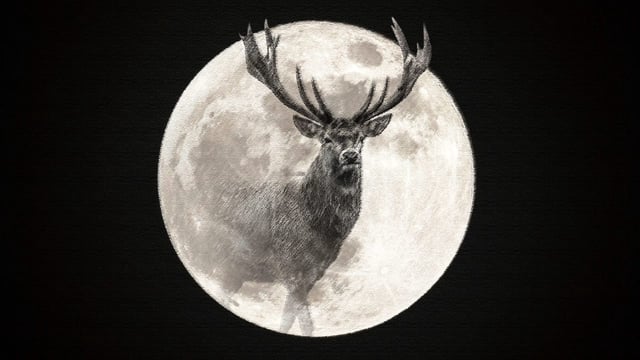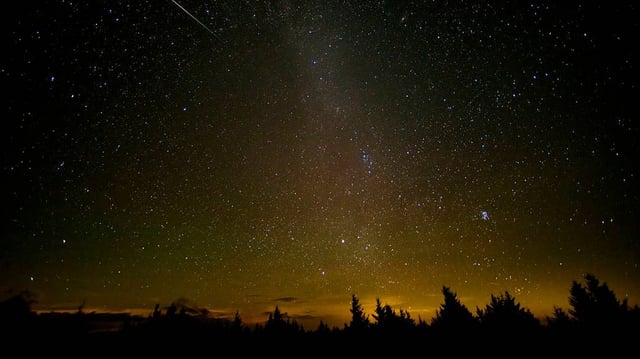Overview
- The Buck Moon reaches full phase at 4:38 p.m. EDT on July 10, with the best spectacle at moonrise later that evening.
- July’s full moon takes its name from bucks’ antler growth and is also known by Indigenous names such as the Cree Feather Molting Moon and Tlingit Salmon Moon.
- Arriving shortly after Earth hits aphelion, this Buck Moon will sit at its lowest annual altitude and may appear orange through atmospheric scattering.
- Stargazers can track Mars in the evening sky before 11:37 p.m., Saturn just after midnight and Venus around 2 a.m. in the weeks surrounding the full moon.
- The Perseid meteor shower becomes active July 14 through Sept. 1, peaking around Aug. 12–13 with waning gibbous moonlight expected to dim fainter meteors.



